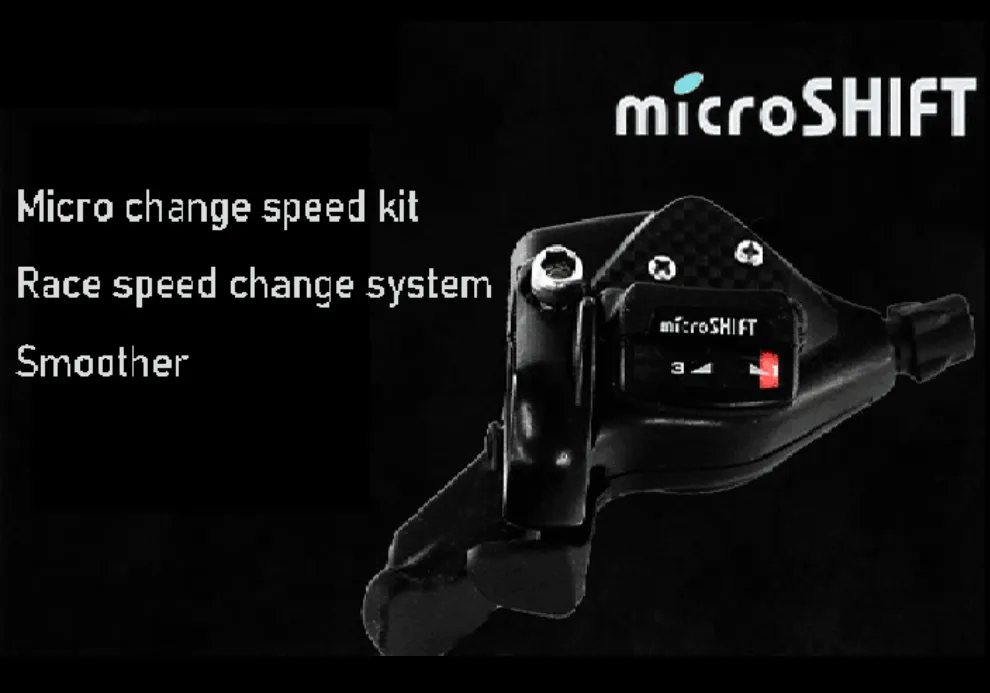9 月 . 06, 2024 17:32 Back to list
How to Install a Derailleur on a Mountain Bike
How to Install a Derailleur on a Mountain Bike
Installing a derailleur on your mountain bike can seem like a daunting task, but with the right tools and guidance, it can be accomplished with relative ease. This step-by-step guide will walk you through the process, ensuring your bike's shifting mechanism works smoothly and efficiently.
Tools You Will Need
Before you start, gather the following tools - A 5mm Allen wrench - A Phillips screwdriver - A pair of cable cutters - A chain tool (if you need to adjust the chain) - New derailleur (if you are replacing an old one)
Step 1 Remove the Old Derailleur (if applicable)
If you are replacing an existing derailleur, you must first remove it. Use the 5mm Allen wrench to unscrew the derailleur from the derailleur hanger on the bike frame. Pay attention to how it is positioned, as you will want to replicate this when installing the new one. Disconnect the cable by loosening the barrel adjuster, and remove the cable from the derailleur.
Step 2 Prepare the New Derailleur
Before installing the new derailleur, ensure that it is compatible with your bike’s drivetrain. Consult the manufacturer’s specifications if you are unsure. The new derailleur typically comes with instructions, so keep them handy.
Step 3 Attach the New Derailleur
Position the new derailleur onto the derailleur hanger. Make sure it is oriented correctly—the jockey wheels should be aligned with the chainring. Use the Allen wrench to secure it tightly but avoid over-tightening, which could damage the hanger.
how to install a derailleur on a mountain bike

Step 4 Install the Shift Cable
Thread the shift cable through the cable guide if your bike has one. Pull the cable tight and feed it into the derailleur’s cable anchor. Using the Phillips screwdriver, tighten the anchor screw to secure the cable in place. Ensure that the cable is taut but not overly strained.
Step 5 Adjust the Limit Screws
To ensure proper shifting, you need to adjust the limit screws on the derailleur. The high limit screw controls the upper gear (smallest cog), while the low limit screw controls the lower gear (largest cog). Shift the chain to the smallest cog, and turn the high limit screw until the derailleur is positioned close to the cog without touching it. Repeat this process for the low limit screw while shifting to the largest cog.
Step 6 Adjust the B-Tension Screw
The B-tension screw helps control the distance between the derailleur’s jockey wheel and the cassette. Adjust this screw so that there is about 5-6mm of space between the jockey wheel and the largest cog when the bike is in that gear.
Step 7 Test the Shifting
With all adjustments made, it’s time to test your installation. Shift through each gear, ensuring smooth transitions. If you notice any skipping or hesitation, you may need to make additional adjustments to the cable tension or limit screws.
Conclusion
By following these steps, you can successfully install a derailleur on your mountain bike, enhancing your riding experience with smooth and efficient gear changes. If you encounter any challenges, consider consulting a professional bike mechanic for assistance. Happy cycling!
-
The Main Application Scenarios of Mountain Bike
NewsOct.29,2024
-
Suggestions for Selecting and Maintaining Mountain Bike
NewsOct.29,2024
-
Characteristics of Kids Balance Bike
NewsOct.29,2024
-
Characteristics of Baby Stroller
NewsOct.29,2024
-
Characteristics and Advantages of Mountain Bike
NewsOct.29,2024
-
Baby Stroller Purchasing Suggestions
NewsOct.29,2024
-
Suggestions for Purchasing Kids Balance Bike
NewsOct.09,2024

